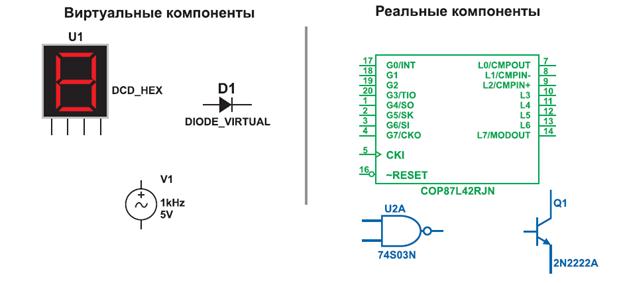Fifth Form of the Predicate
Subject Predicate (verb + object + predicative adjective or predicative noun) They elected him consul. He thought himself a happy man. The thought drove him mad. Linguistic research in syntactic paradigmatics is still in its beginning. There is no lack of promising directions for further study along these lines. It seems beyond question that language patterns must be observed in their internal composition inasmuch as it correlates with different kinds of usage. The relational framework of language is built up on similarity and contrasts of its structural elements. The asymmetric dualism of the linguistic sign, which is most obvious in functional morphology, merits consideration in syntactic structures. An adequate description of sentence patterns must account for various important relations between sentences and types:of their construction. Some overtly parallel sentences are identical at their face value but differ in their sense-structure. Thus, for instance, the basic pattern S → Vinf can sometimes be understood in a certain way parallel to other sentences of a different structure, e. g.: He paints a) act of painting; b) quality, occupation. Syn. He is a painter; She sews a) act of sewing; b) quality, occupation. Syn. She is a sewer; He drinks a) act of drinking; b) quality. Syn. He is a drinker; He limps a) Syn. He walks lamely; b) He is lame. Some sentences differ in their formal structure but are similar in meaning. The possibility to express one and the same meaning by overtly different sentence-patterns may be illustrated by numerous examples. Cf.: (a) The lake teems with fish. (a) The lake is alive with fish. (b) He could not sleep. (b) He felt wakeful. (c) The play did not take. (c) The play was not a success. (d) I have plenty of time. (d) I'm in plenty of time. (e) A heavy rain was falling. (e) It was pelting down. (f) He is running a temperature. (f) He has a temperature. It is relevant to observe that the sources of synonymy in sentence-structure are syntactic processes of different linguistic status. Synonyms are known to be generated by syntactic transformations based primarily or significant changes in the grammatical structure of the sentence, such as, for instance, nominality of various types, compression of subclauses, in particular. Another source of synonymity must be sought in various transpositions of syntactic structures leading to their functional re-evaluation, as, for instance, "nexus of deprecation", rhetorical questions or the use of pseudo-subclauses of condition as independent units of communication, e. g.: If only I knew about! Syn. I'd like to know about it. Carrie, if you're not a wonder! Syn. Carrie, you are a wonder! or, say, transpositions of comparative subclauses where they are also used as independent units of communicative value, e. g.: As if I ever told him about it! Syn. I never told him about it. Not less characteristic are transpositions of declarative sentences into the sphere of imperative modality, which is often accompanied by morphological transpositions of tense-forms. Cf. Come home with me now! Syn. You'll come with me now! You'll be coming home with me now! There are also many other facts about sentence-patterning that need research in syntax. A major point of interest is presented by "periphrasis" involving primarily the change of the lexical status of the sentence. Lexico-grammatical periphrasis lies, in fact, beyond the central concern of paradigmatics in syntax. In "periphrastic" syntax we find it reasonable to make distinction between: 1) lexical convertibility intended to convey the necessary logical stress in a given utterance: (a) You have given me your cold. (b) I have caught your cold. (a) He lost his courage. (b) Courage deserted him.
(a) He lent them money. (b) They borrowed money from him.
(a) He subsided into sleep. (b) Sleep took him in its embrace. 2) lexico-grammatical periphrasis based on semantic and functional similarity between adjectives and verbs in patterns like the following: I like music. I'm fond of music. I regret it. I'm sorry about it. He knows it. He is aware of it. 3) lexico-grammatical periphrasis by nominalisation: He lost his nerves. He was all nerves. 4) the use of phrasal verbs adapted to style and purpose in each case (aspect or voice modifications, in particular): He was asleep = He gave himself up to steep. We supported him = He found our support. 5) lexical periphrasis based on lexical synonymy of verbs in the structure of predication, e. g.: He shared his secret with me. He let me into his secret. Lexico-grammatical periphrasis by phrasal verbs of various types is a floodgate of synonyms in sentence-patterning. This nominal tendency is decidedly on the increase in present-day English. Variations in the structure of the predicate producing subtle shades of objective and subjective distinctions make up a regular system and present a rather complicated subject which linguists have by no means fully investigated. This insight into sentence-patterning helps to coordinate and deepen the student's grasp of the language.
|




